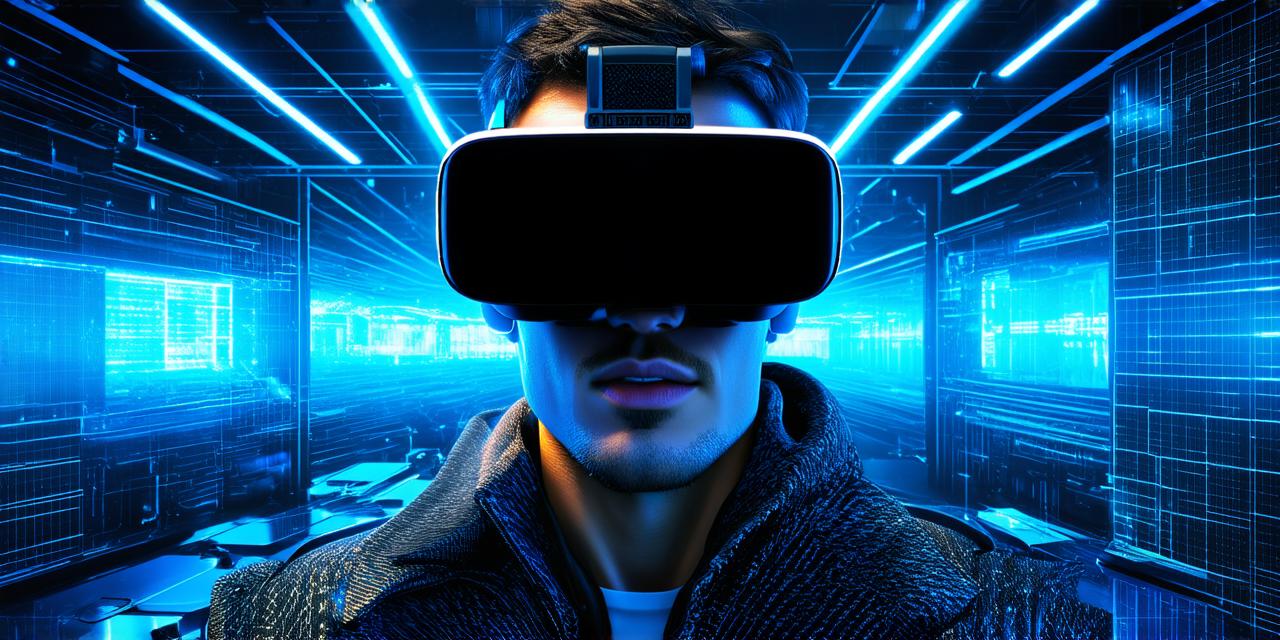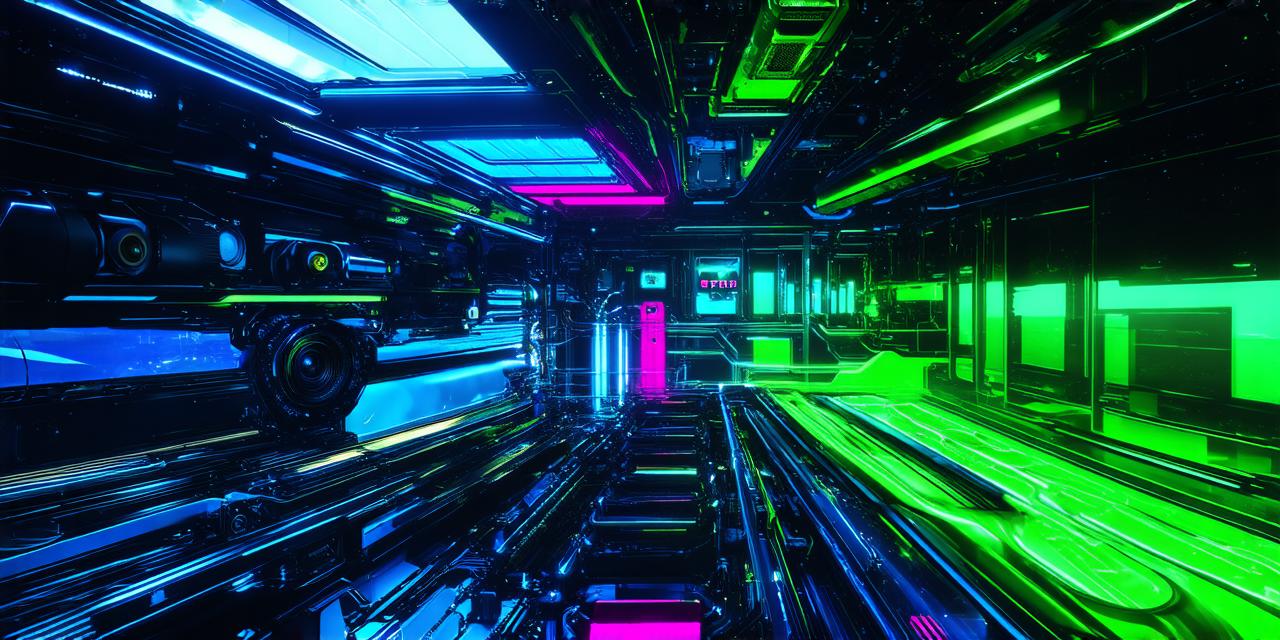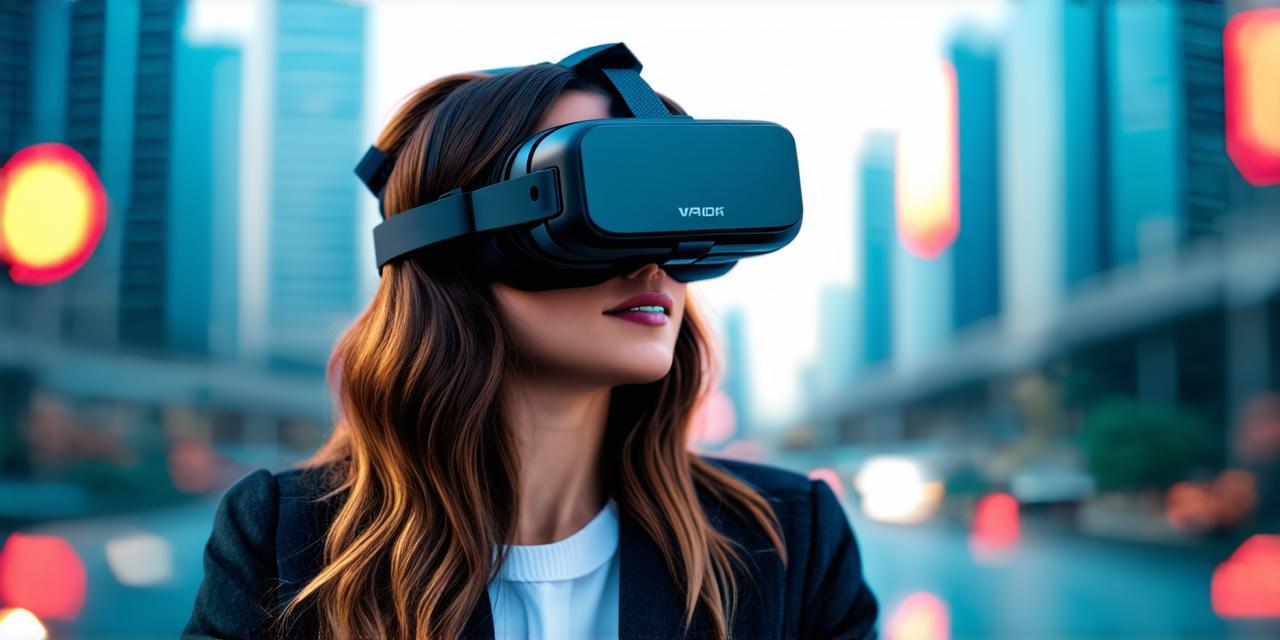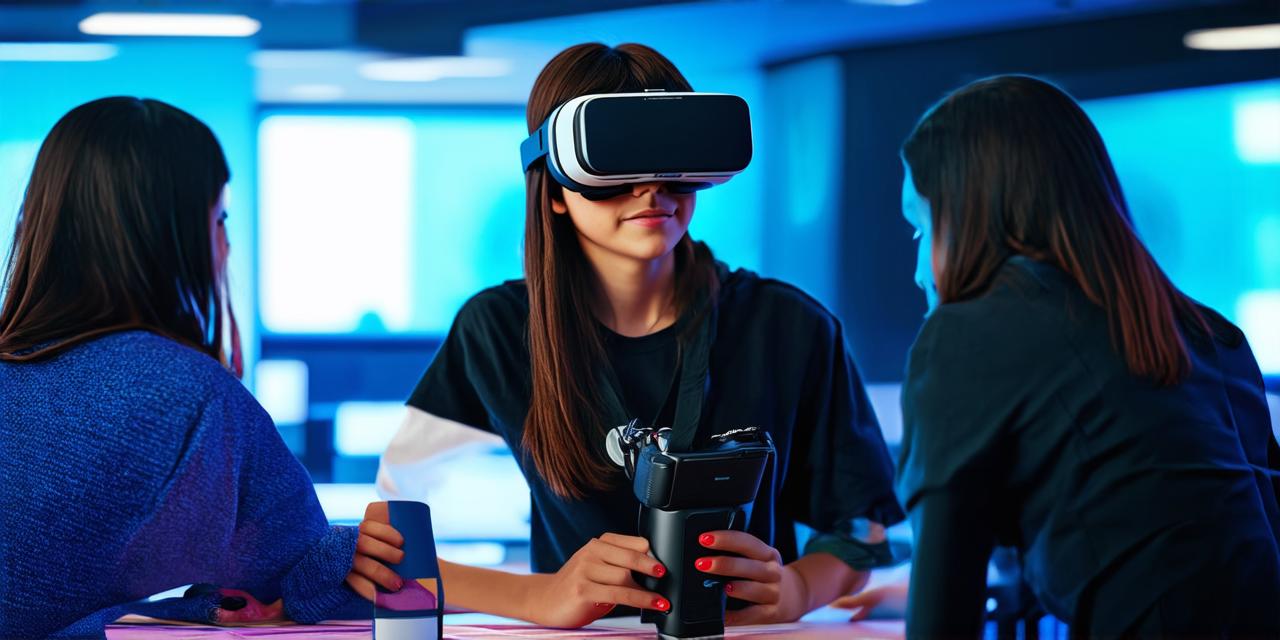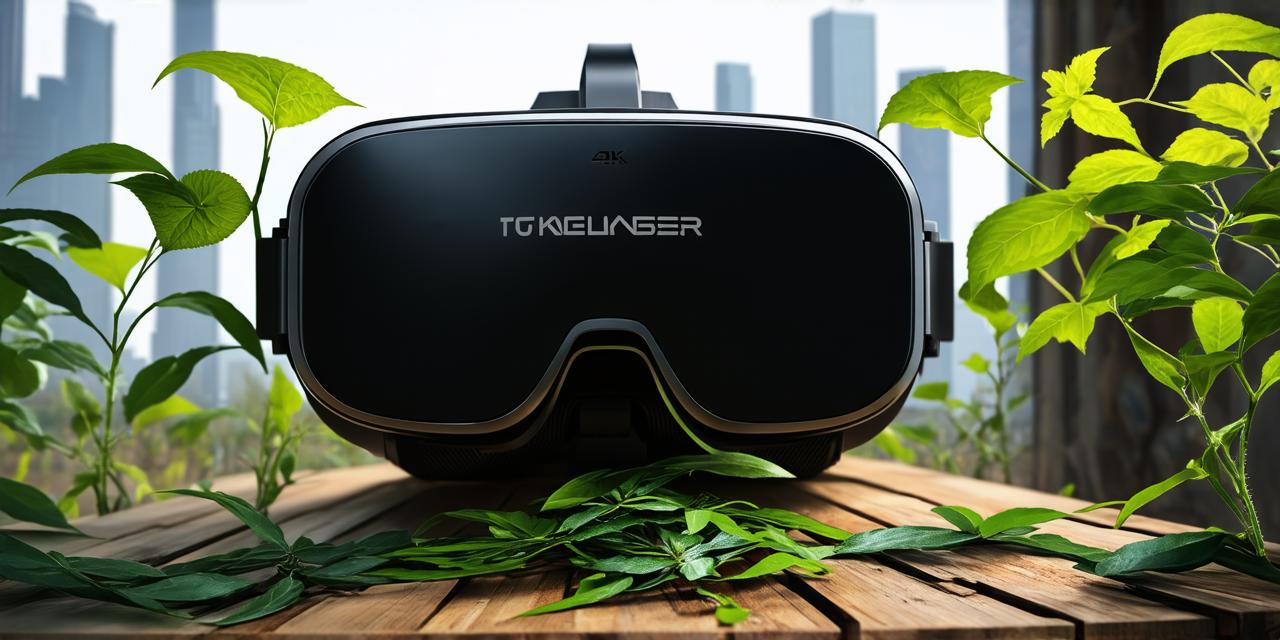Virtual reality (VR) and augmented reality (AR) are two emerging technologies that have the potential to change the world as we know it. While they are often used interchangeably, they have different applications and can work together to create truly groundbreaking experiences.
Virtual Reality: The Next Frontier of Immersive Entertainment
Virtual reality has already been used for a variety of applications, such as gaming, training, and therapy. However, its true potential lies in immersive entertainment. Imagine being able to experience movies, concerts, or even travel the world without ever leaving your living room. With VR, this is possible.
One of the most exciting applications of VR is in the entertainment industry. Imagine being able to attend a concert or movie screening from the comfort of your own home, surrounded by friends and family. This would not only be more convenient but also provide a truly immersive experience that would make you feel like you were actually there.
Virtual reality can also be used to create unique and memorable experiences for tourists. Imagine being able to explore famous landmarks or museums without ever leaving your hotel room. This would allow people to see and learn about these places in a completely new way, while also reducing the need for physical travel.
The Impact of VR on Education and Training
Virtual reality has already been used for training purposes, but its potential goes much further than that. With VR, students can experience real-world scenarios without ever leaving their classroom. This allows them to learn in a safe and controlled environment, while also providing an unforgettable learning experience.
One example of this is the use of VR for medical training. Medical students can simulate surgeries or other procedures in a virtual environment, allowing them to practice their skills without risking patient safety. This not only improves the quality of education but also reduces the cost of medical training.
Virtual reality can also be used to create virtual field trips for students. Imagine being able to take a virtual tour of a museum or historical site from the comfort of your classroom, without ever having to leave. This would allow students to learn about these places in a completely new way, while also providing an unforgettable learning experience.
Augmented Reality: The Future of Interaction
Augmented reality is already being used in various industries, such as retail and manufacturing. However, its true potential lies in the way we interact with technology. AR allows us to overlay digital information on top of the real world, providing a new layer of interaction that was previously impossible.
One example of this is the use of AR in gaming. Imagine being able to play games in a way that integrates the real world into the gameplay experience. This could include games that turn your surroundings into an interactive game environment or games that require you to physically move around to progress.
AR can also be used for educational purposes, such as teaching anatomy or astronomy. Imagine being able to overlay digital information on top of a physical object, allowing you to see and learn about its inner workings in a completely new way. This would allow students to learn in a more engaging and interactive way, while also providing a deeper understanding of the subject matter.
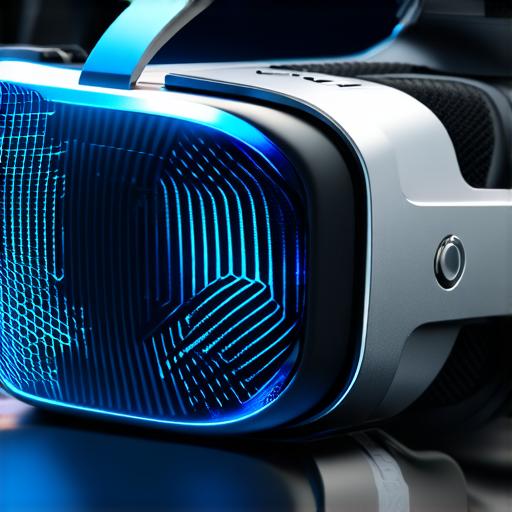
The Future of VR and AR: Working Together to Create an Unforgettable Experience
Virtual reality and augmented reality have the potential to work together to create truly groundbreaking experiences. By combining the immersive nature of VR with the interactive capabilities of AR, we can create experiences that are both realistic and engaging.
One example of this is the use of VR and AR for education in a museum or historical site. Imagine being able to explore the exhibits in a virtual reality environment while also having access to additional information and context through augmented reality. This would allow students to learn in a more interactive and engaging way, while also providing a deeper understanding of the subject matter.
Virtual reality and AR can also be used together for entertainment purposes, such as in the creation of immersive video games or virtual concerts. By combining the realistic nature of VR with the interactive capabilities of AR, we can create experiences that are both visually stunning and engaging.
Conclusion
In conclusion, virtual reality and augmented reality have the potential to revolutionize the way we interact with technology and experience the world around us. From immersive entertainment to educational applications, these technologies have the potential to change the world as we know it. As the technology continues to evolve, we can expect to see even more exciting and innovative uses of VR and AR in the future.
